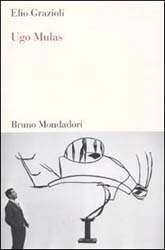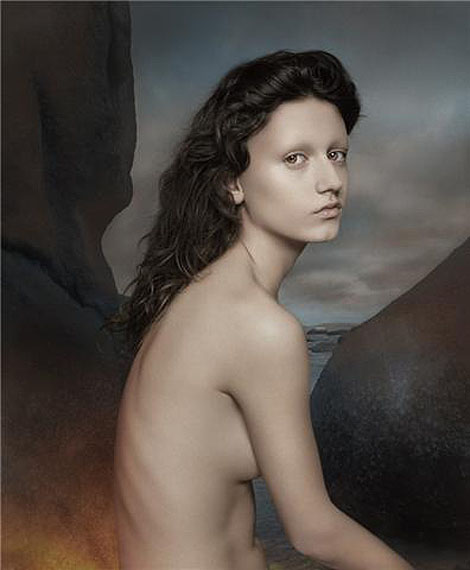Project art theory: Concrete Photography
Concrete Photography can be regarded as a new genre within Concrete Art. As such it appears alongside other related modes of artistic expression like Concrete Painting, Concrete Music or Concrete Poetry. At the same time, it is a branch of photography.
Overall, we are dealing with a phenomenon for which there is still no conclusive theory or comprehensive description, even though as a discipline in its own right it has produced its own specific kind of picture since the beginning of the twentieth century and, indeed, continues to exert influence. This publication is the first as such to present the history, aesthetics and technique of Concrete Photography, incorporating approx. 150 works by 80 international artists.
Authors:
Gottfried Jäger
Photographer and former Professor for Photography at the University of Applied Sciences, Bielefeld; in the mid-1960s, he developed the theory and practice of Generative Photography as a contribution of Concrete Photography with a systematic constructive approach.
Rolf H. Krauss
Art and Media Scientist; in the 1970s, he built up both his own collection of Art With Photography, focusing in particular on Concept Art and Action Art, and his extensive photographic library - today part of the Graphic Collection of The State Gallery Stuttgart.
Beate Reese
Art Historian; she is the curator of the Peter C. Ruppert Collection - Concrete Art in Europe after 1945 in the Museum im Kulturspeicher Würzburg (Storehouse of Culture Museum, Wurzburg) with its department of Concrete Photography.
New Publicatio
 n
nConcrete Photography / Konkrete Fotografie Gottfried Jäger, Rolf H. Krauss, Beate Reese
Concrete Photography
Konkrete Fotografie
English/German Format 17 x 24 cm 256 pages, ca. 160 Color and Duplex-illustrations. Hardcover
Kerber Verlag Bielefeld März 2005 ISBN 3-936646-74-0
34 Euro / SFR 56.50
The prominent characteristic of photography in general is to generate images of recognisable similarity with their original counterparts. In contrast, concrete photographs do not replicate anything of similarity. They rather concretise that which is photography, thereby making the latter lose its status as a medium, but gain status as an object. Concrete photographs are aesthetic objects of themselves.
Although certain works from the early twentieth century onwards could claim this status, the term ’concrete’ was only later used in the context of aesthetic discourse, namely in the early 1930s. Theo van Doesburg called art ’concrete’ when it depicted nothing but ’itself’. He only considered the self-referential pictorial context to be of significance. Every reference to external reality was to be ignored. Mimesis and symbolism, intrinsic features of image-making as a whole, were to be abolished at the expense of a pure, elementary figurativeness. Only the means inherent to the medium used were to be applied for the construction of images.
With reference to photography this means that autonomous images are produced. Concrete photographs neither replicate nor represent anything. They are what they are: the reality of photography. Free photographic experimentation and conscious creative use of the most innate means and techniques of photography have conjured up, and still do, a self-referential world of images, highly abstract, non-figurative, and of a form never hitherto seen: concrete photography.
March 2005
from http://www.gottfried-jaeger.de/index-en.html


















































